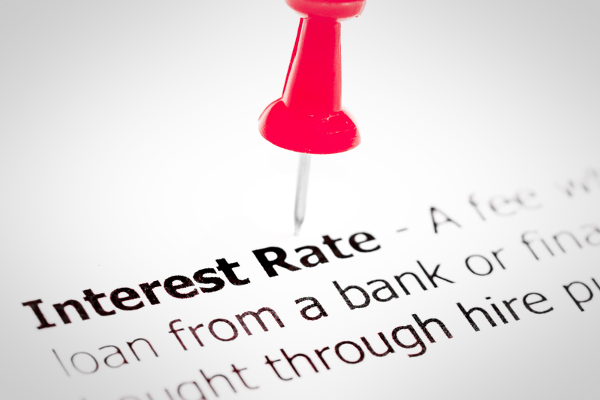
Anyone keeping an eye on South Africa’s financial situation will be well aware of the recent spate of interest rate cuts implemented by the South African Reserve Bank (SARB).
These have taken the prime lending rate from 9.75% in January to an eyebrow-raising low of 7% as of late July. Substantial drops like these are so rare as to be nearly unprecedented in our country and offer extraordinary opportunities for investors, particularly in sectors like property.
However, according to Schalk van der Merwe, franchisee for the Rawson Properties Helderberg Group, many potential investors remain wary of taking advantage of the current interest rate lows for fear of an equally sudden interest rate increase on the horizon.
To appreciate why this is unlikely, he said investors need to understand the cause and effect relationship between interest rates, inflation, and the economy.
How do interest rates influence the economy?
“The first thing to understand is that interest rate decisions are based on far more than just how much consumers can afford to pay on their debts,” said Van der Merwe. “Interest rates are a vital tool used by the Reserve Bank to protect our currency’s value and keep our economy on a steady growth trajectory.”
To do this requires careful balancing of inflation: too much inflation devalues the currency; too little stunts economic growth. The SARB has identified the “sweet spot” for inflation at between 3-6% and uses interest rates to keep the economy as close to the middle of this range as possible.
How do interest rates affect inflation?
“Raising interest rates makes debt expensive, discourages non-essential spending and reduces the appeal of large investments like property that require bank financing,” said Van der Merwe.
“This reduces the amount of money circulating through the economy which slows price growth and stabilises inflation, protecting the currency against extreme devaluation like the Zimbabwean dollar.”
Decreasing interest rates, on the other hand, makes debt more accessible and affordable, increasing consumer spending and the appeal of large, financed investments.
“This increases the amount of money flowing through the economy, boosting price growth – or inflation – and kickstarting economic growth,” said Van der Merwe.
What motivated the latest rate cuts?
When Covid-19 hit, the South African economy was already struggling with a contracting GDP. The controversial hard lockdown only exacerbated this situation, putting the country firmly into recession territory.
On Tuesday (8 September), StatsSA data showed that South Africa’s gross domestic product (GDP) dropped by a massive 51% in the second quarter of the year, reflecting the immense damage done to the economy by the Covid-19 lockdown.
This pushes South Africa even deeper into recession, after GDP growth for 1Q20 was recorded at -2%, following drops of 0.6% in 3Q19, and 1.4% in 4Q19.
It was the fourth consecutive decline in quarterly GDP since the second quarter of 2019, Stats SA said.
For this reason, Van der Merwe said the SARB had little choice but to reduce interest rates to attempt to trigger positive economic growth. Initial cuts failed to have a significant enough effect, necessitating the series of rate cuts leading to the current prime of 7%.
What does this mean for the future?
“Realistically, our country has a long way to go before we see strong economic growth again,” said Van der Merwe.
“We’re fighting a tide of corruption, unemployment and businesses closures, and have lost huge sources of income from industries like tourism and events. This isn’t a situation that can be rectified overnight, and the economy is going to need propping up in the meantime.”
As a result, he said the SARB is highly unlikely to reverse the interest rate cuts any time soon.
“Now, more than ever, we need to keep money flowing through our economy, stimulate investment and encourage healthy price growth,” he said. “Raising interest rates would do the exact opposite – something the Reserve Bank is more than smart enough to avoid.”
What does this mean for property?
For property investors, this means favourable rates are here to stay for at least the next 18 months – if not longer, according to Rawson Properties. However, he said the current property opportunities are not likely to last as long.
“We’re already seeing price growth on the property market thanks to the increased demand driven by these amazing interest rates,” said Van der Merwe.
“Buyers are getting incredible bargains now, but these won’t last forever. I really can’t overstate the importance of acting sooner rather than later if you want to make the most of today’s incredible property investment opportunities.”
Read: Where in Europe wealthy South Africans are buying property


